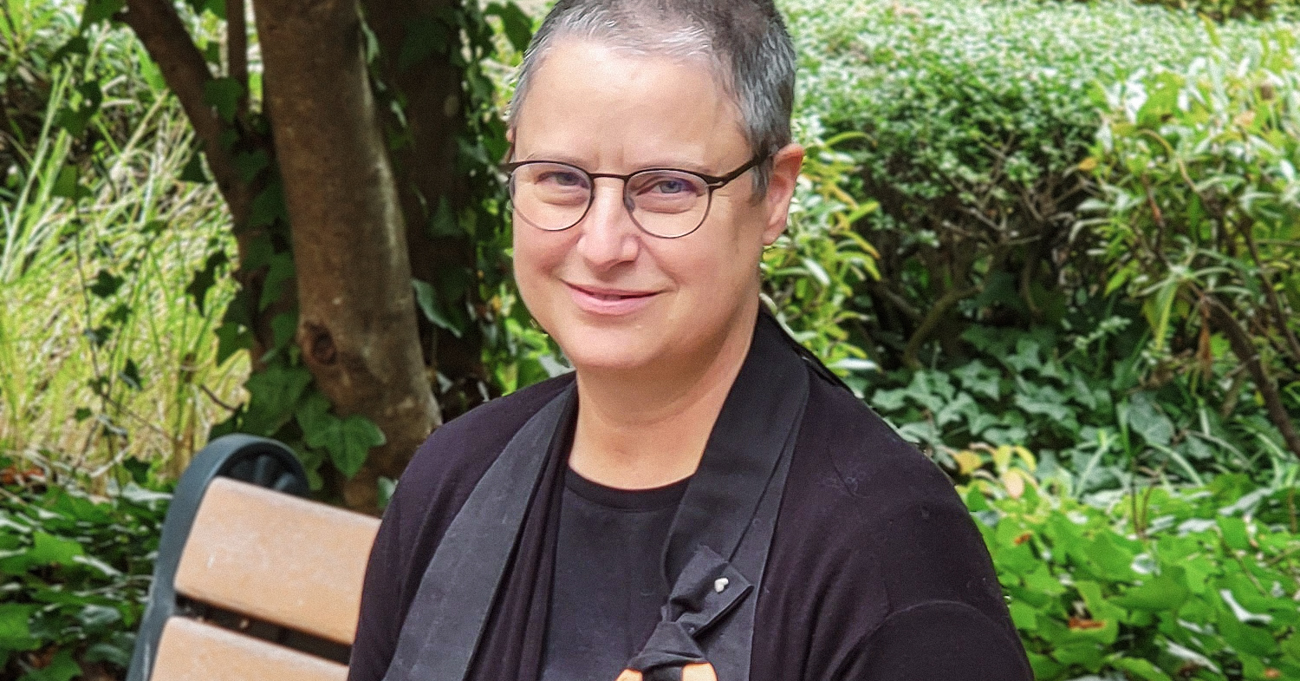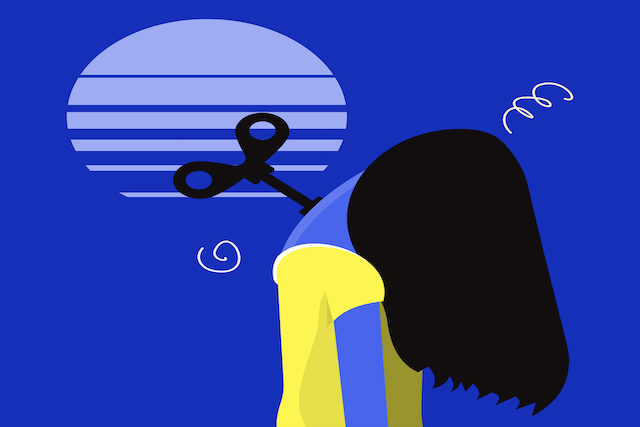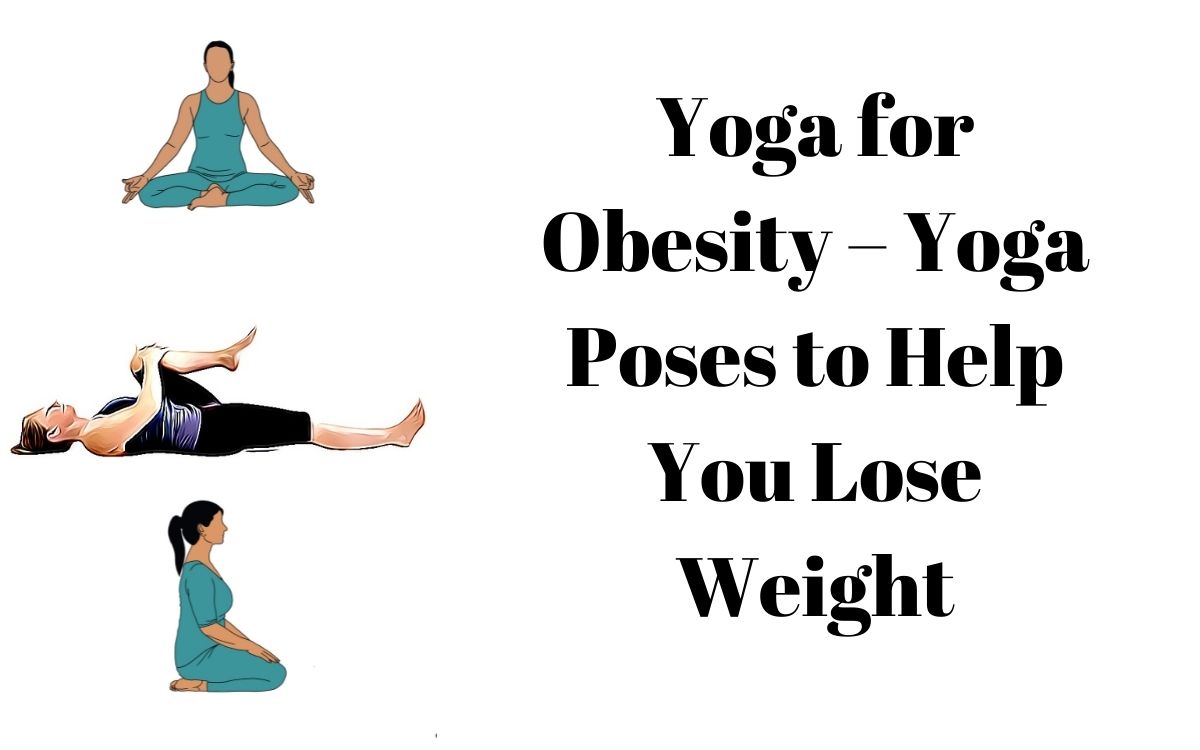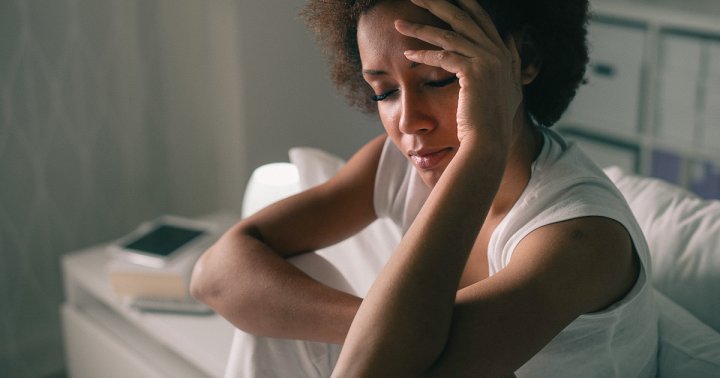Why Neurobiologist-Turned-Chaplain Michelle Jissan Nicolle Has “Aha” Moments Every Day
A former professor and researcher brings professional experience and Zen training together in her new career. The post Why Neurobiologist-Turned-Chaplain Michelle Jissan Nicolle Has “Aha” Moments Every Day appeared first on Tricycle: The Buddhist Review.

Chaplain Michelle Jissan Nicolle splits her time between Atrium Health Wake Forest Baptist health care system and Wake Forest School of Medicine in Winston-Salem, North Carolina. At the hospital she cares for staff and occasionally patients, while at the medical school she works with students, faculty, and staff. She also teaches, is involved in administration, and serves as liaison if a Wake Forest University student ends up in the emergency department. Meanwhile, Jissan is a novice priest in the White Plum Zen lineage.
Before becoming a chaplain, Jissan was a neurobiologist and Associate Professor of Gerontology and Physiology & Pharmacology at Wake Forest. Her research focus was the neurobiology of cognitive decline in aging. “I remember very clearly watching a video about Alzheimer’s in an undergraduate psychology class. Seeing the devastation the disease caused, I wanted to do something to alleviate that suffering. I still love the science, I’m still fascinated by the brain and brain function, but I no longer want to do the work of it: the business, writing grants, being the judge and jury for trainees, the animal research, and all the rest of it.” Given her exceptional background in academic medicine, when Chaplain Jissan works with med school students, she can “walk that walk, talk that talk, and mentor them around life situations that might arise.”
Why chaplaincy? It started with Zen. Years ago, while living in Jacksonville, Florida, I was practicing yoga and hurt myself really bad. I thought, well, I can’t do yoga right now, but I can sit on my butt and do the mind part. The husband of one of my yoga friends practiced Zen, and that’s how it began. I loved it, I hated it. I started sesshin—I always found it to be crazy demanding and also so life-giving at the same time—and received Jukai in 2000 in the Rinzai tradition.
I moved from Florida to North Carolina in 2005 and practiced at Great Tree Zen Temple for some time. In 2008 a lot of things happened—my father died with dementia, my old dog died, I felt deep dissatisfaction with my work as a scientist, my partner of twenty-three years and I split up—and I was like, what am I doing? I realized that I really wanted my daily life to be congruent with my spiritual practice. And I had great professional mentors who said, “Right, let’s explore this.” They let me do an extended clinical pastoral education (CPE) internship and a seminary unit in 2011 while I was running my lab full time.
I knew that if I stepped off the one-hundred-foot pole and left my job and my career, I couldn’t come back to my identity as a professor and scientist. I’d worked so hard to build and equip my lab, to get to where I’d gotten, and it wasn’t possible to walk away and come back to it. But I took that step, and I’m really happy I did.
In 2013 I started the Upaya chaplaincy training program, then I began my CPE residency at Wake in 2015. I was lay ordained by Roshi Joan Halifax in 2016. I decided to become a novice priest and received Tokudo in 2019 in the Soto Zen tradition from my teacher Joshin Byrnes at Bread Loaf Mountain Zen Community near Middlebury, Vermont. Then COVID hit, and I was a novice on Zoom for two years. Such a time of deep study and isolated practice.
I’m guessing that most people at Upaya were Buddhists or open to Buddhism, whereas in your CPE training they probably weren’t. Was the learning experience different in those two contexts? Oh, my goodness, yes. At Upaya I was still deepening my own study and understanding of Buddhism and my heart—that program is so rooted in personal transformation and living into compassionate presence. It was a great preparation for CPE, where I was the only Buddhist around. Most of the CPE material was from a Christian view, so I found myself trying to translate or understand particular ways of providing spiritual care with the heart of a bodhisattva—to use Buddhist language—with the support of my Buddhist training. In this I really felt supported and nurtured by my supervisors and the seven other CPE students in my cohort, who were all Protestants.
What’s your religious background? Catholic. I grew up in Louisiana, went to Catholic school, played my guitar at Mass, and was president of my youth group.
Wow, I bet that gives you a lot of fluency with the Christians. Yes, I speak Catholic, and I got much better at speaking Protestant. There aren’t a lot of Catholics here in central North Carolina; most of our patients are Protestant. We all pray in different ways, so praying extemporaneously was something I had to learn. The medical school has a different demographic since the student body is more diverse.
What does a typical workday look like? I have zazen at 7:00 a.m. on Zoom with Bread Loaf Mountain, then at 8:00 there’s the 15-to-20-minute hospital morning report on Zoom with the handoff—this is where we’re briefed on what happened the day and night before and any issues we need to be aware of—and then I get myself into my office, usually downtown at the school.
“Not knowing and bearing witness give me a freedom around not feeling like I have to fix.”
Sometimes I teach our CPE students, and I’m the fellowship director for any second-years—fellows—who are specializing. This year we have a palliative care fellow, as well as a transitional care fellow, who helps the “emergency room repeat utilizers,” so if they end up in the hospital, there’s already a chaplain who has a relationship with them and can help determine what their current needs are. Because these people are usually very poor and have very limited resources and other life challenges, this form of chaplaincy addresses behavioral health, homelessness, and whatever other issues happen to be going on for the patient. The fellow who has the position this year is a Buddhist.
You wear so many different hats… When you wake up in the morning, which hat gets you all buzzed? I really like working with the nursing department over here on the academic side. After being a resident in the hospital and really appreciating the deep heart work and hard work that our nurses do, I just love them. So when there’s something that we get to do together on my calendar, it gets me very happy. And if I have a one-on-one with a student and have the opportunity to cultivate that, I enjoy the opportunity to just build a relationship.
Can you think of a time at work where your Zen practice is what allows you to be with a situation and do a good job of it? All the time in the hospital, in clinical situations. Leaning into the three tenets: not knowing, bearing witness, and action arising. Not knowing and bearing witness give me a freedom around not feeling like I have to fix, and not having to know what to do. It enables me to go into places and see what happens, especially in chaplaincy and patient care. Recently, I had to join one of our chaplain residents in responding to a very difficult case, and being in the intensity of that emotion myself and being able to just stay… I really could not do that without my practice. Grounding, grounding, grounding.
What classes do you teach? On the CPE side, I teach interfaith prayer and help students understand welcoming language. I help them read scientific papers around spiritual care and chaplaincy so they can be more evidence-based in what they do. And I teach cultural humility, contemplative practices, and mindfulness practices that can help our folks ground those in crisis.
On the medical side, we just developed a course around trauma: what trauma looks like in our patients and trauma-informed care. I also teach medical students what a chaplain is and how we fit into the medical team. Yes, we can pray, but we can do a lot more than that. They see us once they start working in the hospital, but they don’t know what we do. We have a bit of a PR problem.
What particular challenges do you come up against in your work? On the hospital side, when I’m working on the floor, patients have a lot of assumptions. They assume I’m Baptist because it’s Wake Forest Baptist hospital. People see I have a PhD and assume it’s in theology, and I’ll say no, neurobiology. They might ask if I’ve been “saved”—it’s a common question around here—and I’ll say, well, I’ve been baptized. If they ask directly, I’ll say I’m a Buddhist—it opens a door or closes it. The challenges are mostly around being in the minority religion, not coming from that Protestant place of assumption and privilege.
“We have a bit of a PR problem.”
On the education side, because of my chaplain title, students project a lot as well, so I’m constantly educating: “Here’s what spiritual care is. It’s not religion, it’s spiritual care.” Other chaplains tend to call me if someone comes in from, say, Cambodia, and I’ll say, I can’t help you. You can be with this person just as well as I can, because they have a specific cultural and ethnic background and I’m a Western convert Buddhist from a very different tradition. I’m always challenging the chaplains to do interfaith spiritual care—I do it all the time! You can do this too!
Can you imagine that your calling to the priesthood will be stronger than your calling to chaplaincy one day? That’s a very alive question for me right now: How do I want to spend the rest of this life? There’s a yearning for intentional community and practice within a community setting. I’m a monk in this world; what does that look like in the West? My mother wishes I were a Catholic nun, so at least they’d take care of me.
What have you learned about yourself? I’m leaning into the dharma teachings about suffering being inevitable—you know, the Buddha was onto something (laughs). I keep learning. And my heart gets broken, and sometimes it’s so filled with joy and beauty, like the song of the crickets! Every day there’s an aha.

 KickT
KickT 






























